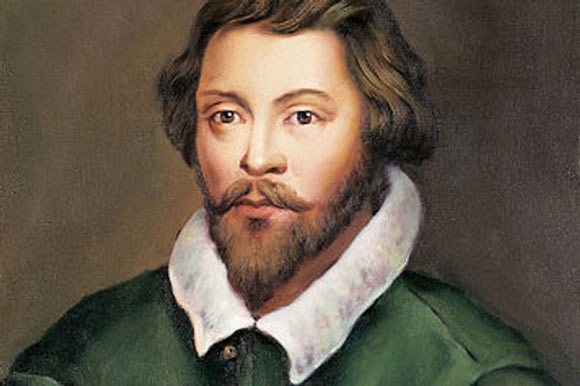Music in the Sixteenth Century
Music was big in the Northern Renaissance similar to the popularization of visual art. The form of art was well known and played majorly in Europe. The European composers made changes to the music to better the listening experience for Europe, but they also kept many aspects from the past when it comes to composition. "Although sixteenth-century European composers began to increase the complexity of their style, frequently using polyphony, they continued to use forms developed in the High Middle Ages and the early Renaissance," (Cunningham 346). In fact, the musicians during this time were recognized as heirs of the thirteenth and fourteenth century predecessors. They continued writing madrigals (a song for multiple voices), which originally was created in Italy "for the entertainment of courtly circles," (Cunningham 347). Madrigals easily became a main feature of musical development since it was so widely used by composers throughout Europe.
There were many famous musicians and composers in Europe during the Renaissance. One of the most famous composers from France and Germany was Heinrich Isaac (c. 1450-1517). Isaac was a Flemish composer who created songs in German, French, and Italian. He was known for his "simple chord-like settings to elaborately interweaving lines that imitate one another," (Cunningham 347). In Elizabethan England, one of the most influential artists was William Bryd (c. 1543-1623). Bryd was the pupil of another well-known musician, Thomas Tallis. Bryd was known as one of the greatest composers of all time of English music and was the most versatile composer in the Elizabethan era. He composed secular vocal and instrumental music, produced Protestant and Catholic church music, and wrote madrigals. Some more musicians that deserve recognition are German Ludwig Sendl, John Dumstable, Thomas Tallis, and John Dowland.
 |
| Heinrich Isaac Sanctus Missa de Apostolis |
 |
| William Bryd |
Sacred and secular music was also a main feature in the development of music during the Northern Renaissance. There were many artists who composed secular music and some artists who composed sacred music. Sacred music is music created for religious use while secular music is created for just the opposite. It was for entertainment and created for everyone, not just religious people and churches. For religious music, the motet was popular and was set to religious text. For secular music, madrigals were used. "...religious music was cultivated in monasteries and cathedrals, this secular music was fostered not only by the courts of the princes and nobles, but also by the republican governments of the various cities and communities," (American 257).
Here is a 4 minute video with more information on music during the Renaissance!
I find it interesting to learn about and study music because it has made such an impact in my life. I listen to music every chance I get and it helps me get through the day. Music is timeless and helps others get a glimpse of different eras. It not only is entertaining, it tells stories and lives on for people to listen to throughout the ages. Music also educate us on what was admirable during different times. "Recent trends in music have, more than in visual arts, been favorable to the preservation of some intellectual and literary content..." (American 255).
Works Cited
- Cunningham, Lawrence, and John J. Reich. Culture and Values: A Survey of the Humanities. Belmont, CA: Thomson/Wadsworth, 2006. Print.
Kristeller, Paul Oskar. “Music and Learning in the Early Italian Renaissance.” Journal of Renaissance and Baroque Music, vol. 1, no. 4, American Institute of Musicology Verlag Corpusmusicae, GmbH, 1947, pp. 255–74, http://www.jstor.org/stable/20528744.
“William Byrd - Composer Biography, Facts and Music Compositions.” FAMOUS COMPOSERS, https://www.famouscomposers.net/william-byrd.
Voices of Ascension. “Voices of Connection: 09/29 Heinrich Isaac.” Voices of Ascension, Voices of Ascension, 5 Apr. 2021, https://www.voicesofascension.org/voices-of-connection/voices-of-connection-isaac-sanctus.
Comments
Post a Comment